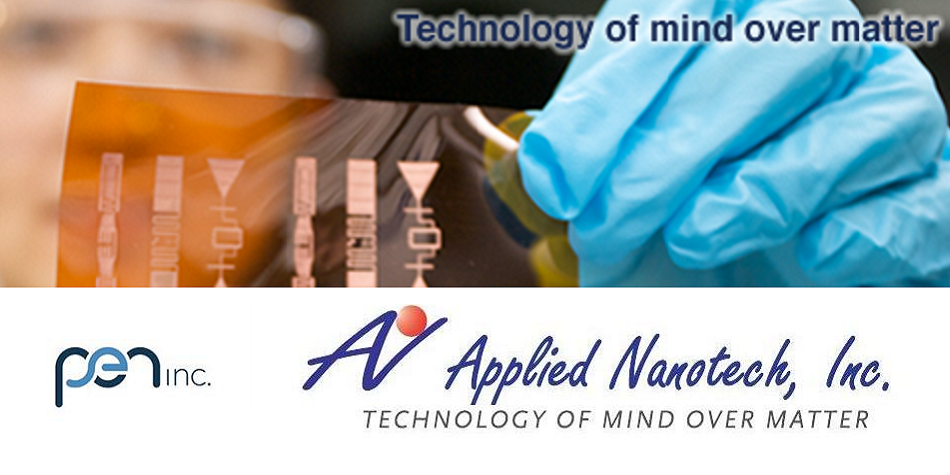PEN, which stands for Products Enabled by NanoTechnology, is comprised of a team that works on a parallel mission alongside many other innovators today to redefine products, services, and so many factors that truly impact people’s lives. They rely on nanotechnology to find solutions to challenges in numerous industries, partnering with clients like the US Department of Transportation, the Army Research Office and the US Department of Agriculture. They also hold more than 250 patents, with a commitment to making innovations that actually help in everyday life too.
Now, they are throwing their hat into the ring with a substantial innovation regarding 3D printing materials, leading to ease in fabricating metallic prints with an inkjet nano-copper ink which they developed through a modification to their own award winning 2D inkjet copper ink. This led to the creation of 3D metallic copper structures on Kapton substrates.
“3D printing is the fastest growing segment in printed electronics, but without 3D metal printing its scope will be commercially limited. Our new technology has the potential to transform production in a wide range of industries, from medical devices to structural electronics,” said Dr. Richard Fink, President of Applied Nanotech, Inc.
“The success of the electronic 3D printing industry depends on the ability to make metallic objects or parts that have a metallic component, but suitable metallic inks and printing methods have not been readily available. The new ink enables novel sintering methods using a photo curing Xenon 2000 unit operated sequentially for each 5 micrometer thick inkjet trace in ambient air and room temperature,” explained Dr. Zvi Yaniv, lead researcher.
We’ve been following other international companies heavily invested in these processes, like Materialise, which has both developed a specialized titanium material for 3D metal printing and also opened a factory in Germany centered around those processes. Other companies like 3D Systems are partnering with learning institutions like Penn State to further research and work to use the technology to benefit the aerospace and defense industries. While the use of a variety of metal powders is being incorporated by many companies, PEN is certainly presenting the world with a multifunctional new material for 3D printing with electronics.
Let’s hear your thoughts on this new material process in the PEN Inc. Forum thread on 3DPB.com.
[Source: CNN Money]